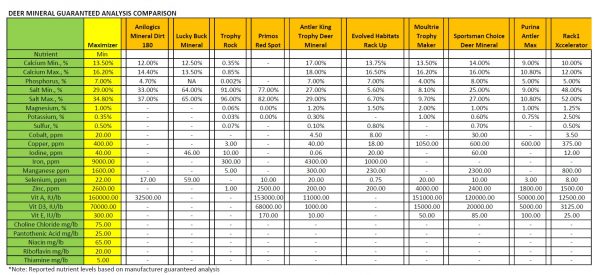

2 The absence of details from earlier periods is no doubt a result of trade secrecy, the habit of passing skills directly to family members or in-laws rather than to outsiders, and the lack of ability, time, or need to document the craft in writing.Īs a result, what follows is in part generalization and in part hypothesis. The literature of papermaking is sparse until the mid-eighteenth century, when the French writers Jérôme Lalande, Louis-Jacques Goussier, and Nicolas Desmarest began documenting the craft in their country. Hills, and Leonard Rosenband gave especially generous support on the occasion of the original 1989 publication and their help remains much appreciated in the context of this website. In a number of instances scholars working in related fields have offered especially interesting references or made other important contributions. By and large, the latter sources are well known to paper historians. 1 The text draws as well on the earlier and the current research, my own experience as a papermaker, and the sources cited in the endnotes. It is based heavily on an essay I first published in 1989 and it is presented again here with permission of the original publisher. What follows is an attempt to give a detailed picture of the tools and techniques used by early European papermakers to make high-quality book and writing papers. After 1800, however, the craft was rapidly changed by various “improvements,” including the papermaking machine, the universal acceptance of the Hollander beater, chlorine bleach, rosin and alum internal size, and the introduction of impure wood-pulp fibers as a substitute for rags. In the late 1700s traditional methods were still in use in many mills. The 1300 through 1800 period, however, represents the rise and the slow but certain decline of hand papermaking as a major industry. Some have questioned ending at 1800 when the real trouble with paper stability was just beginning. The following essay describes the materials and techniques used to make paper by hand in Europe between 13 CE.

Experiments A and B: Non-destructive Analysis during Treatment.

European Papermaking Techniques 1300-1800, T.


 0 kommentar(er)
0 kommentar(er)
